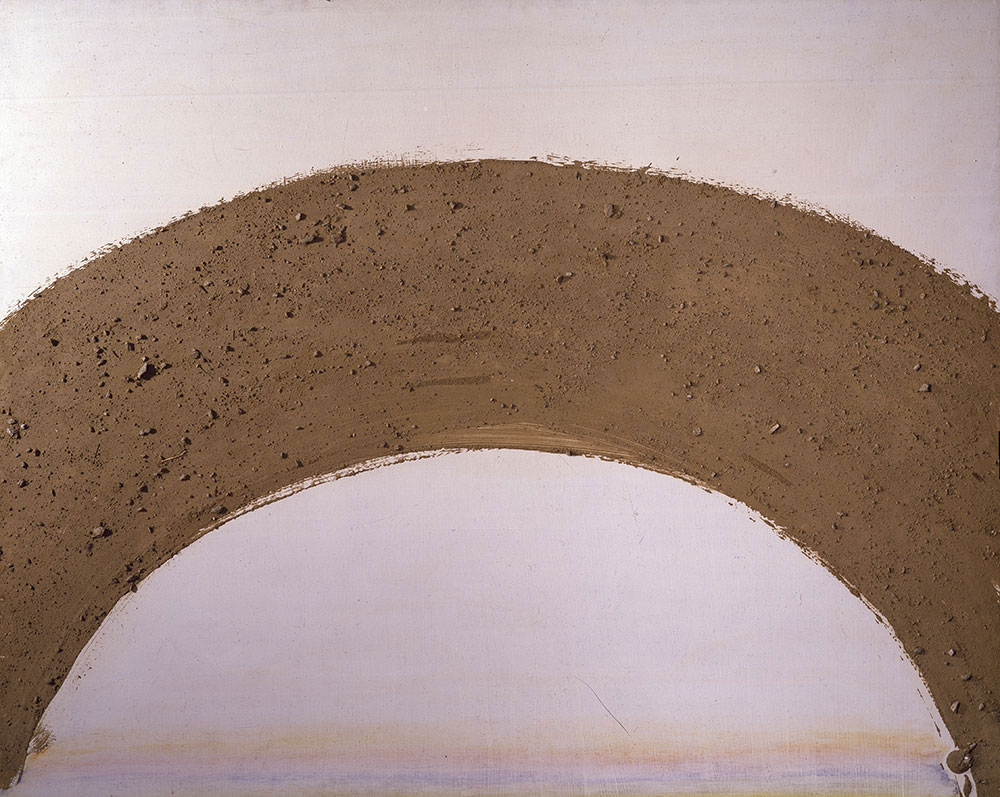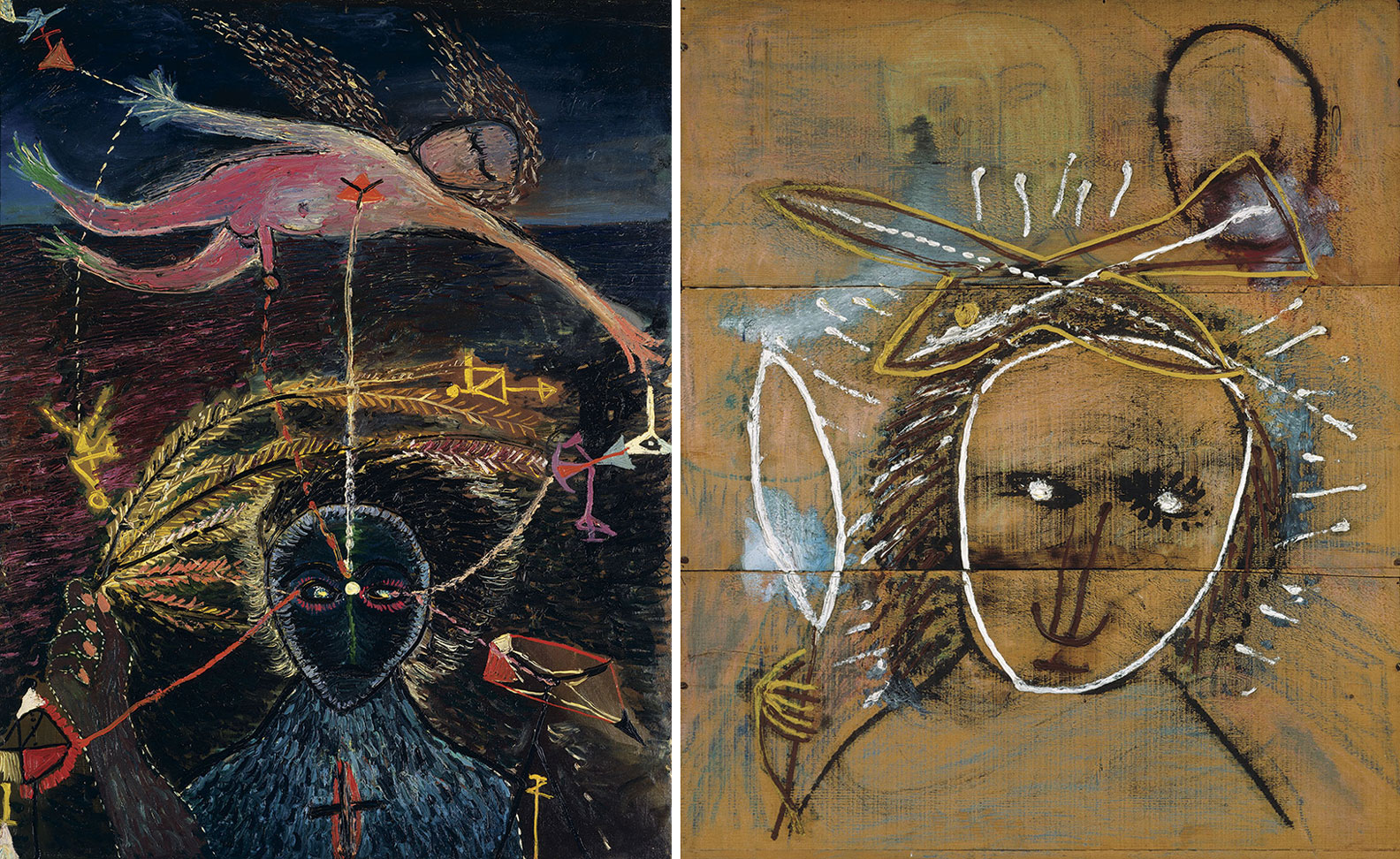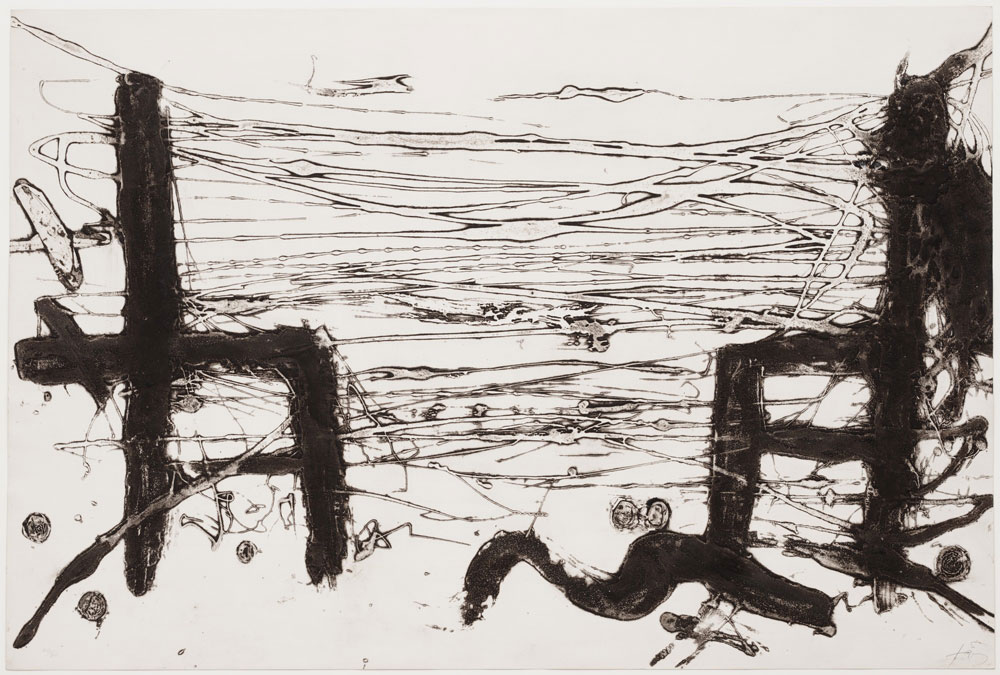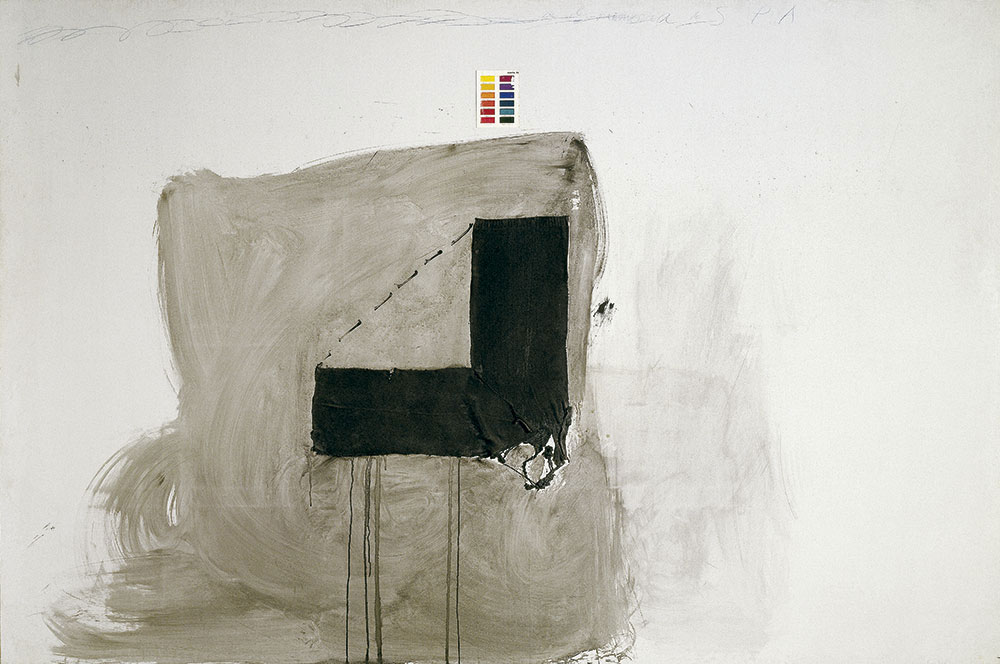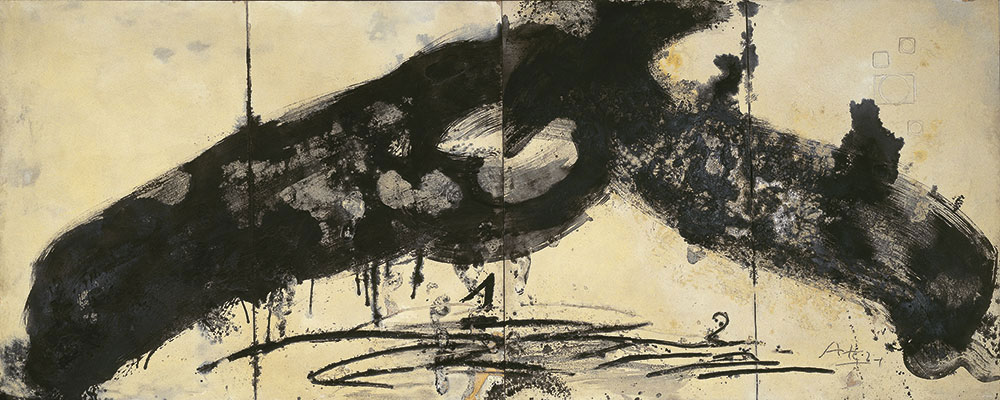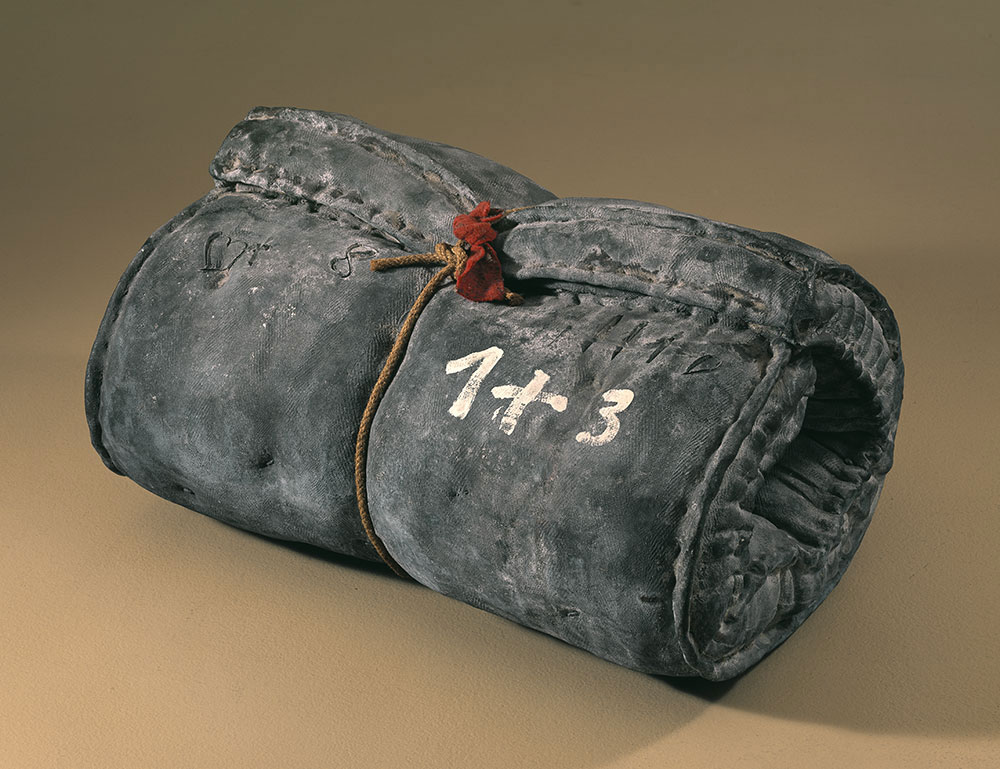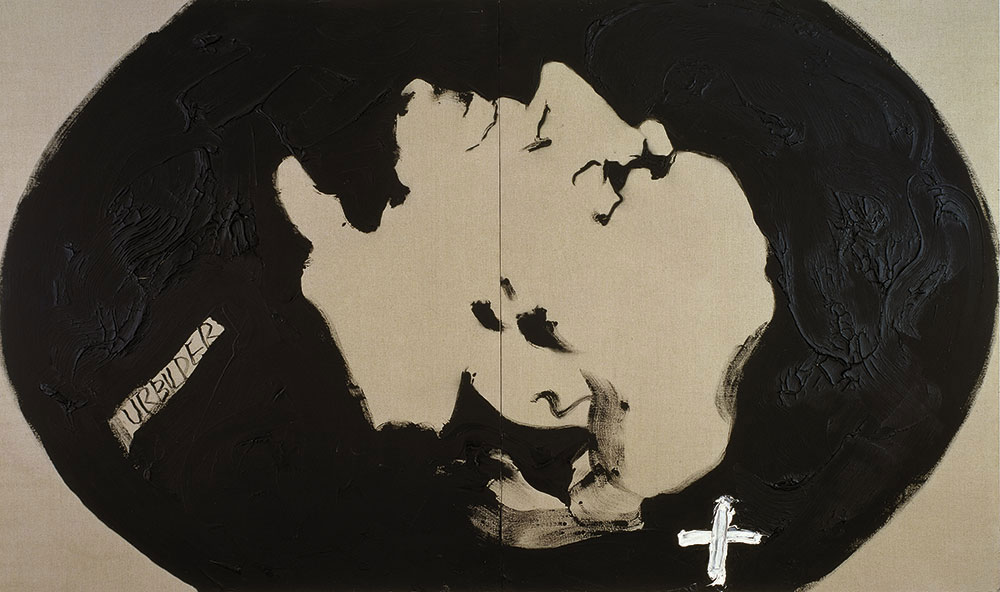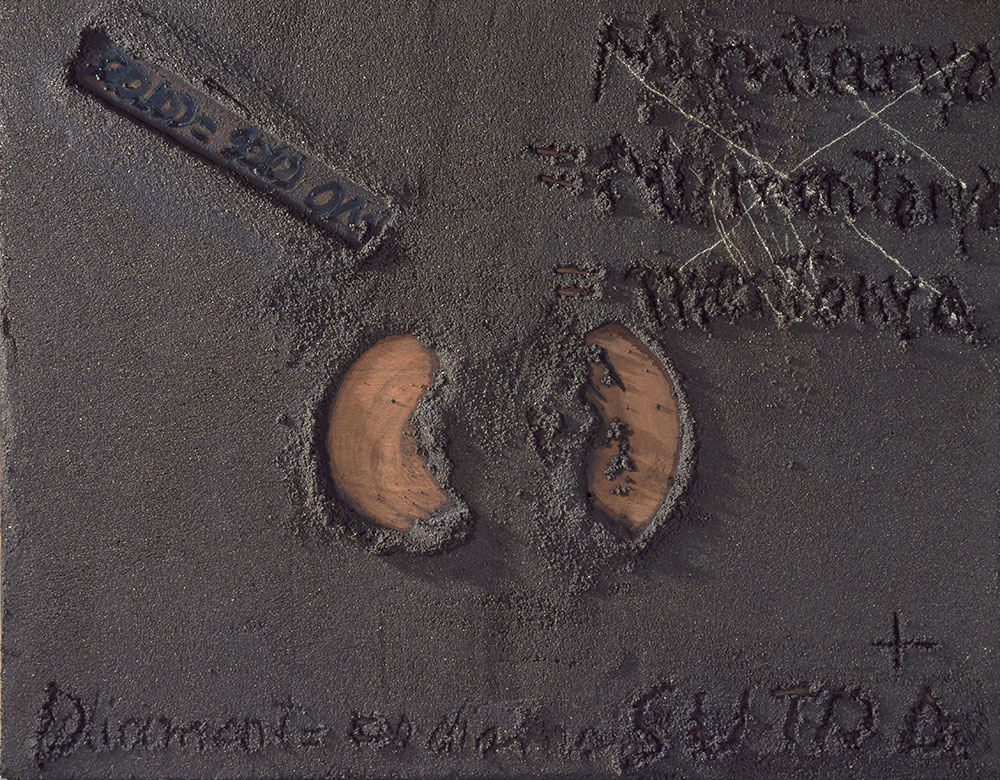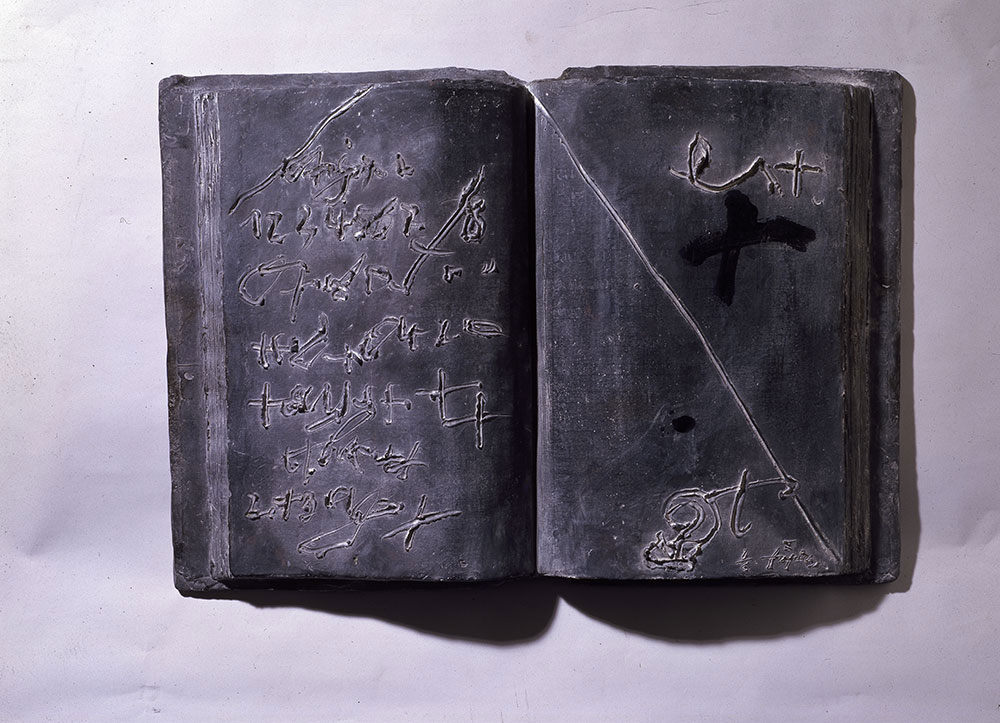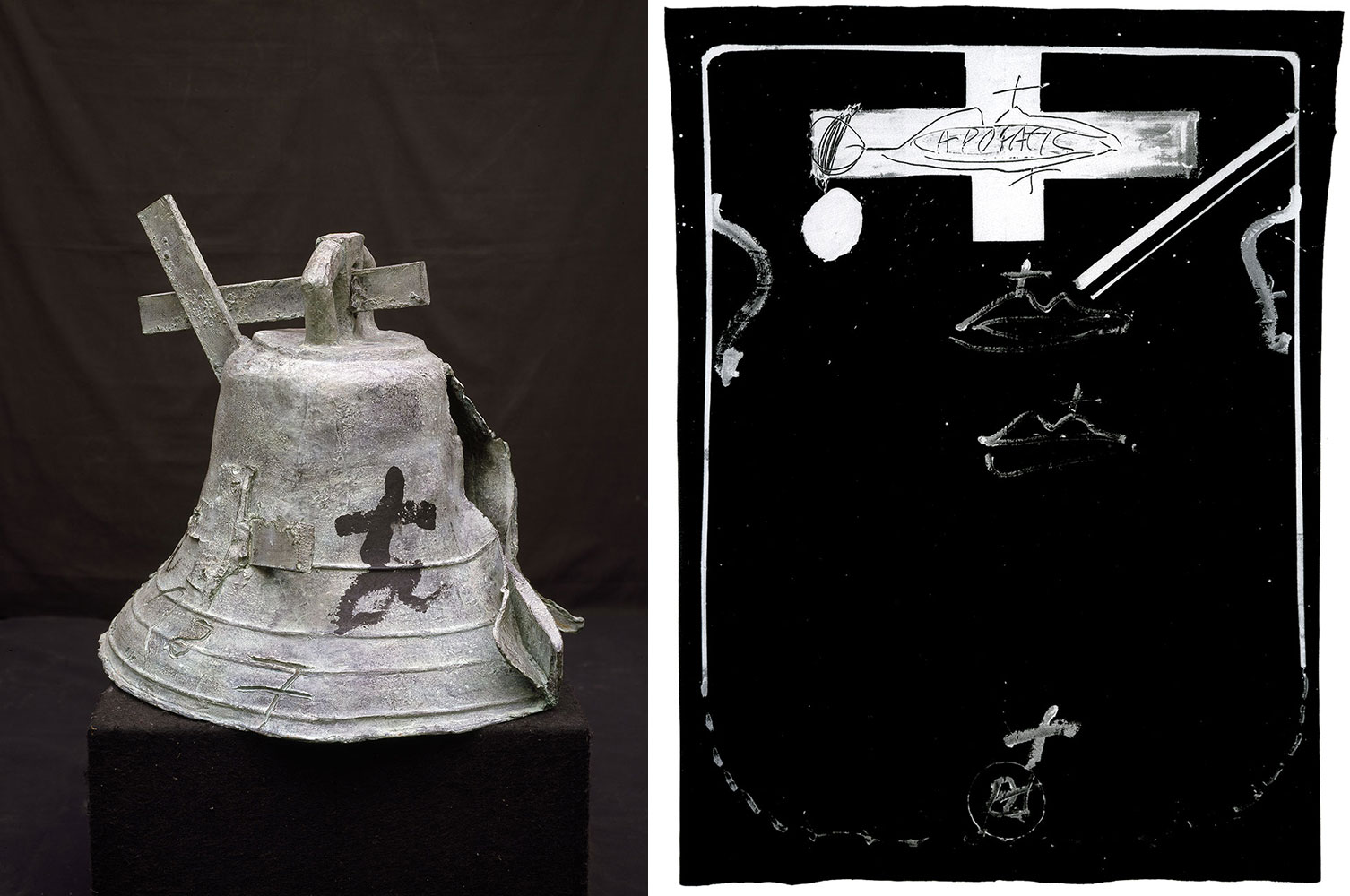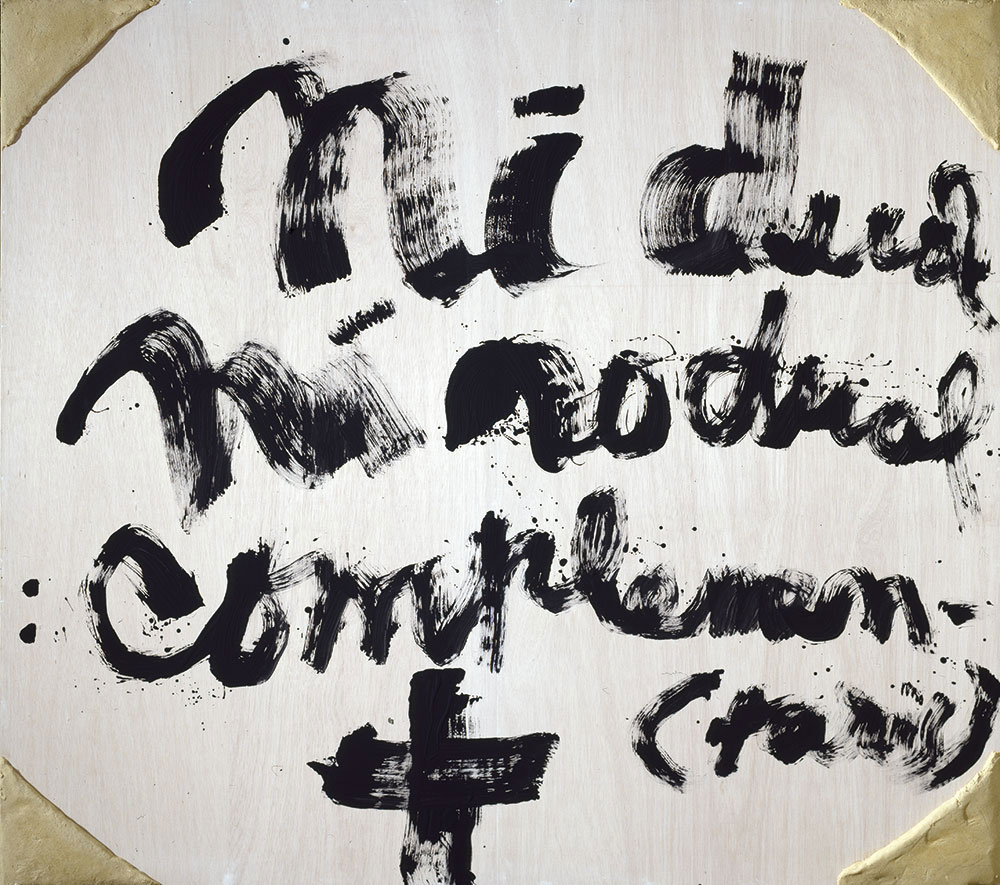TRACES: Antoni Tàpies
 Today is the occasion to bear in mind one of the most prominent masters of world art from the second half of the 2oth Century. Antoni Tàpies, in full Antoni Tàpies Puig (13/12/1923-6/2/2012). The Catalan artist, credited with introducing contemporary abstract painting into Spain. He began as a Surrealist but developed into an abstract artist under the influence of French painting and achieved an international reputation. This column is a tribute to artists, living or dead, who have left their mark in Contemporary Art. Through documents or interviews, starting with: moments and memories, we reveal out from the past-unknown sides of big personalities, who left their indelible traces in time and history…
Today is the occasion to bear in mind one of the most prominent masters of world art from the second half of the 2oth Century. Antoni Tàpies, in full Antoni Tàpies Puig (13/12/1923-6/2/2012). The Catalan artist, credited with introducing contemporary abstract painting into Spain. He began as a Surrealist but developed into an abstract artist under the influence of French painting and achieved an international reputation. This column is a tribute to artists, living or dead, who have left their mark in Contemporary Art. Through documents or interviews, starting with: moments and memories, we reveal out from the past-unknown sides of big personalities, who left their indelible traces in time and history…
By Dimitris Lempesis
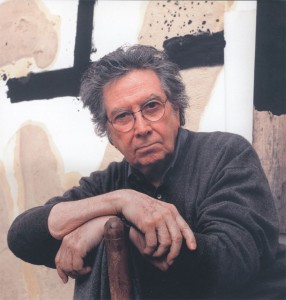 Antoni Tàpies was born in Barcelona. His adolescence was disrupted by the Spanish Civil War. In the early 1940s he suffered a severe pneumonia, he spent two years in hospitals and sanatoriums. In 1943 he entered the law faculty, University of Barcelona, in 1945, he left school entirely and took up painting. In 1948, together with the poet and painter Ioana Brassai, his cousin modest Coartem etc. have created the group Dau al Set (“the Seventh face of the hexagon”) that focuses on Dada and surrealism. Tàpies’s early work was influenced by the art of Max Ernst, Paul Klee, and Joan Miró, and by Eastern philosophy. His art was exhibited for the first time in the controversial Salo d’Octubre in Barcelona in 1948. He soon began to develop a recognizable personal style related to matière painting, or Art Informe, a movement that focused on the materials of art-making. The approach resulted in textural richness, but is more important aim was the exploration of the transformative qualities of matter. Tàpies freely adopted bits of detritus, earth, and stone, mediums that evoke solidity and mass, in his large-scale works. In 1950, his first solo show was held at the Galeries Laietanes, Barcelona, and he was included in the Carnegie International in Pittsburgh. That same year, the French government awarded Tàpies a scholarship that enabled him to spend a year in Paris. His first solo show in New York was presented in 1953 at the gallery of Martha Jackson, who arranged for his work to be shown the following year in various parts of the United States. Tàpies’ international reputation was well established by the end of the 1950s. From the late 1950s to early 1960s, Tàpies worked with Enrique Tábara, Antonio Saura, Manolo Millares and many other Spanish Informalist artists. During the 1950s and 1960s, Tàpies exhibited in major museums and galleries throughout the United States, Europe, Japan, and South America. In 1966, he began his collection of writings “La practica de l’art”, the same year he was arrested at a clandestine assembly at the University of Barcelona. In 1969, he and the poet Joan Brossa published their book, “Frègoli”, a second collaborative effort, “Nocturn Matinal”, appeared the following year. Tàpies received the Rubens Prize of Siegen, Germany, in 1972. His work of the early 1970s is marked by symbols of Catalan identity, in 1974 he made a series of lithographs called Assassins and displayed them in the Galerie Maeght in Paris, in honour of regime critic Salvador Puig Antich’s memory. His 1979 essay “Nothing is Mean” defended his elevation of base materials into art objects, becoming an influential document of 20th century Avant-Garde art. Tàpies experimented with many media and techniques, and earned an international reputation as one of the most original artists of the 20th century. The paintings produced by Tàpies, later in the 1970s and in the 1980s, reveal his application of this aesthetic of meditative emptiness, for example in spray-painted canvases with linear elements suggestive of Oriental calligraphy, in mixed-media paintings that extended the vocabulary of Art informel, and in his oblique allusions to imagery within a fundamentally abstract idiom. These paintings reveal his application of this aesthetic of meditative emptiness, for example in spray-painted canvases with linear elements suggestive of Oriental calligraphy, in mixed-media paintings that extended the vocabulary of Art informel, and in his oblique allusions to imagery within a fundamentally abstract idiom. In 1990 the Tàpies Foundation, which housed some 2,000 works by the artist, opened in Barcelona. Tàpies received the Japan Art Association’s Praemium Imperiale prize for painting that same year. He was elevated to the Spanish nobility in 2010 with the hereditary title marqués de Tàpies.
Antoni Tàpies was born in Barcelona. His adolescence was disrupted by the Spanish Civil War. In the early 1940s he suffered a severe pneumonia, he spent two years in hospitals and sanatoriums. In 1943 he entered the law faculty, University of Barcelona, in 1945, he left school entirely and took up painting. In 1948, together with the poet and painter Ioana Brassai, his cousin modest Coartem etc. have created the group Dau al Set (“the Seventh face of the hexagon”) that focuses on Dada and surrealism. Tàpies’s early work was influenced by the art of Max Ernst, Paul Klee, and Joan Miró, and by Eastern philosophy. His art was exhibited for the first time in the controversial Salo d’Octubre in Barcelona in 1948. He soon began to develop a recognizable personal style related to matière painting, or Art Informe, a movement that focused on the materials of art-making. The approach resulted in textural richness, but is more important aim was the exploration of the transformative qualities of matter. Tàpies freely adopted bits of detritus, earth, and stone, mediums that evoke solidity and mass, in his large-scale works. In 1950, his first solo show was held at the Galeries Laietanes, Barcelona, and he was included in the Carnegie International in Pittsburgh. That same year, the French government awarded Tàpies a scholarship that enabled him to spend a year in Paris. His first solo show in New York was presented in 1953 at the gallery of Martha Jackson, who arranged for his work to be shown the following year in various parts of the United States. Tàpies’ international reputation was well established by the end of the 1950s. From the late 1950s to early 1960s, Tàpies worked with Enrique Tábara, Antonio Saura, Manolo Millares and many other Spanish Informalist artists. During the 1950s and 1960s, Tàpies exhibited in major museums and galleries throughout the United States, Europe, Japan, and South America. In 1966, he began his collection of writings “La practica de l’art”, the same year he was arrested at a clandestine assembly at the University of Barcelona. In 1969, he and the poet Joan Brossa published their book, “Frègoli”, a second collaborative effort, “Nocturn Matinal”, appeared the following year. Tàpies received the Rubens Prize of Siegen, Germany, in 1972. His work of the early 1970s is marked by symbols of Catalan identity, in 1974 he made a series of lithographs called Assassins and displayed them in the Galerie Maeght in Paris, in honour of regime critic Salvador Puig Antich’s memory. His 1979 essay “Nothing is Mean” defended his elevation of base materials into art objects, becoming an influential document of 20th century Avant-Garde art. Tàpies experimented with many media and techniques, and earned an international reputation as one of the most original artists of the 20th century. The paintings produced by Tàpies, later in the 1970s and in the 1980s, reveal his application of this aesthetic of meditative emptiness, for example in spray-painted canvases with linear elements suggestive of Oriental calligraphy, in mixed-media paintings that extended the vocabulary of Art informel, and in his oblique allusions to imagery within a fundamentally abstract idiom. These paintings reveal his application of this aesthetic of meditative emptiness, for example in spray-painted canvases with linear elements suggestive of Oriental calligraphy, in mixed-media paintings that extended the vocabulary of Art informel, and in his oblique allusions to imagery within a fundamentally abstract idiom. In 1990 the Tàpies Foundation, which housed some 2,000 works by the artist, opened in Barcelona. Tàpies received the Japan Art Association’s Praemium Imperiale prize for painting that same year. He was elevated to the Spanish nobility in 2010 with the hereditary title marqués de Tàpies.
